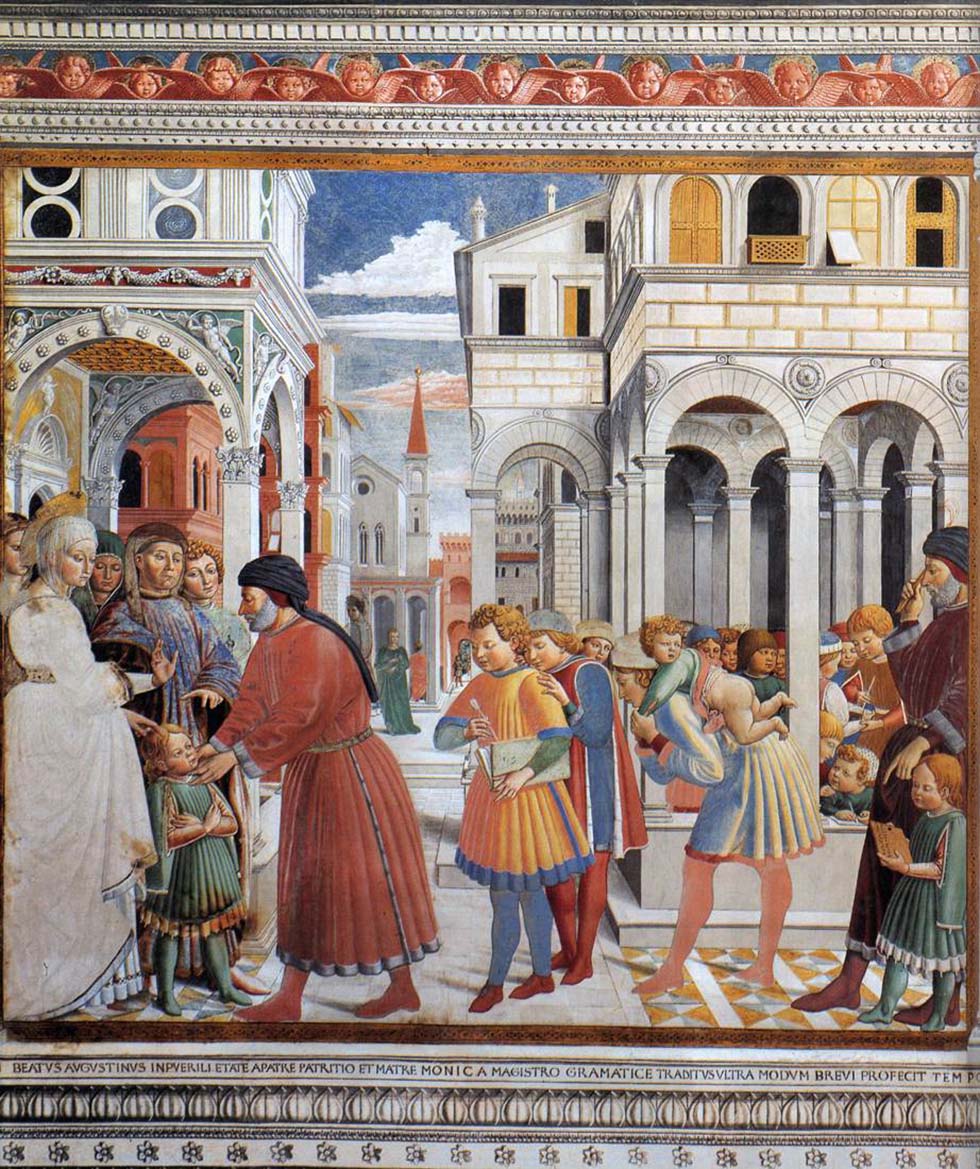
Early Modern Queer: Sons and Lovers from Virgil to Dante and Beyond
Gary Cestaro’s lecture argued that Dante engages in an implicit dialogue with Virgil on Greek pederasty and the psychosexual development of the young man, articulated through a constellation of three queer topoi: (i) the dark wood; (ii) pthe retrospective glance; and (iii) the epic footrace.
The hallmark of male adolescence in Dante’s portrait is vulnerability. It is as though the young man must run a gauntlet among sometimes morally dubious elders, negotiate a difficult balance of openness to instruction and self-affirmation, active and passive, and hope to come out on top. A result by no means guaranteed as attested by any number of fallen young men who don’t make it in the race to adult manhood that adolescence represents, young men Dante knew from epic—best exemplified by Virgil’s young Euryalus, beloved of Nisus.
The main contention is that the schemes of Greek pederasty are amply reflected in Virgil, particularly in and around these depictions of heroic friendship: Dante took note of and pondered the nature of these relationships, and of Virgil’s attitude towards them. Dante’s reception of heroic friendship can be read as a view, however, mediated, onto his own charged relationship to Virgil, his loving and beloved father-master-mentor-guide.